The Bed Trick by Keiko Green, a new adaptation of All’s Well That Ends Well by William Shakespeare, opened 9 March 2024 at the Center House Theater in Seattle, Washington. The world premiere, directed by Makaela Milburn, celebrated the first new play ever commissioned by Seattle Shakespeare Company. Green is no stranger to the 1623 text as she played the heroine, Helena, in 2019 on the Seattle Shakespeare mainstage before attending University of California San Diego’s MFA Playwriting program. The role provided Green with both an intimate knowledge of the character and valuable insight regarding how the story’s infamous ruse, “the bed trick,” strikes present day audiences. Green spoke in a promotional video about student matinee performances frequently leading to talkback discussions about the sexual deceit in the story. Knowing that interest was piqued and wanting to meet the audience where their curiosity lay, Green chose the surprisingly fertile ground of All’s Well upon which to dwell when approached with the company’s commission offer.
Consent, Courtship, and Comedy in Keiko Green’s The Bed Trick
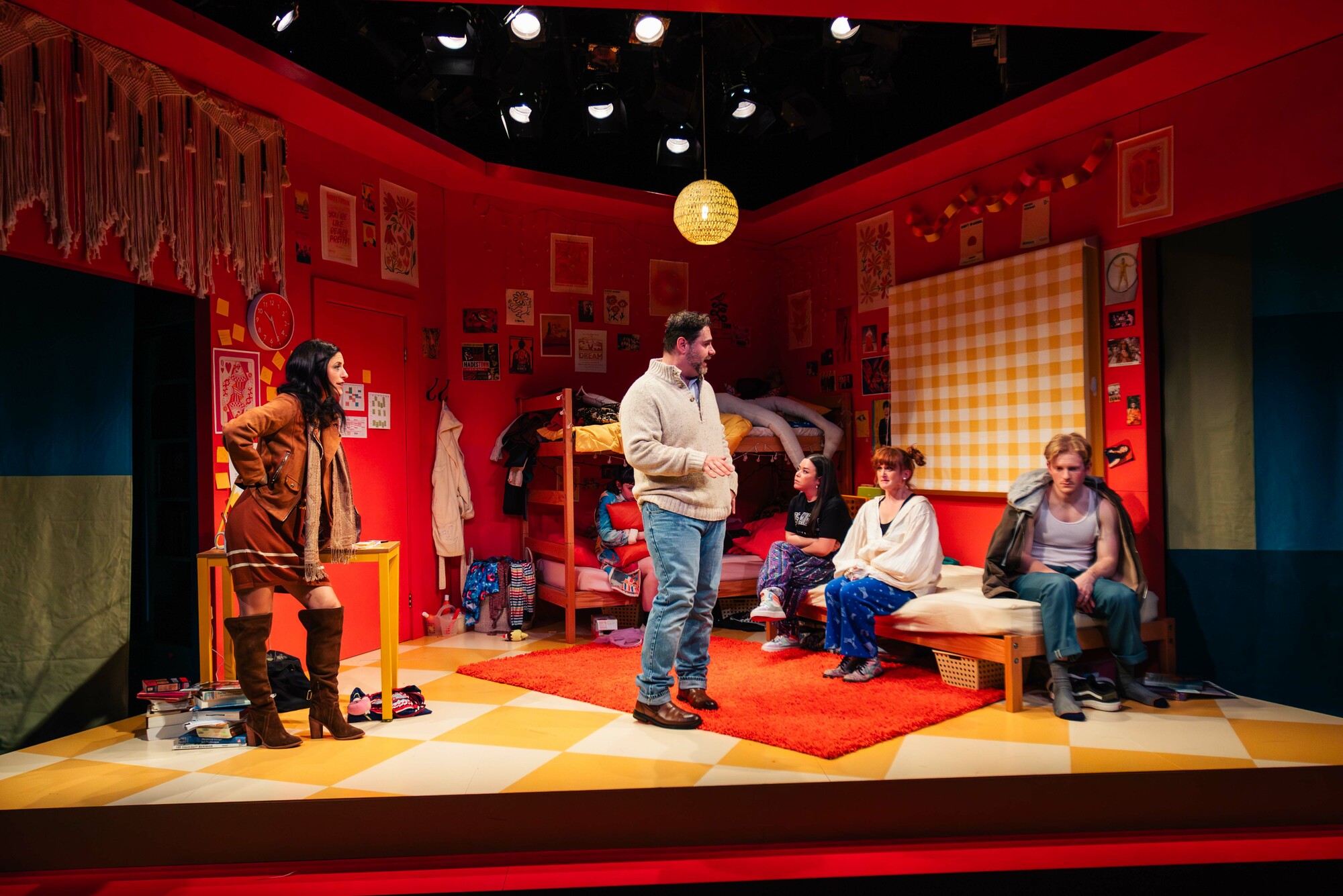
Alexandra Travares, Sophia Franzella, MJ Sieber, Rachel Mafume, Libby Barnard, and Ricky Spaulding in Keiko Green's The Bed Trick produced and commissioned by Seattle Shakespeare Company. Directed by Makaela Milburn. Scenic design by Parmida Ziaei. Costume design by Andi Alhadeff. Lighting design by Andrew Smith. Sound design by Evan Mosher. Photo by Giao Nguyen.
The story of The Bed Trick revolves around three college freshman roommates: Lulu, Marianne, and Harriet. Lulu discovers her longtime boyfriend, Willis, on a dating app. Shook to her fiery core, Lulu sets up a fake account using unassuming Harriet’s photo to catfish Willis into revealing his true intentions. When her plan works too well and Willis asks to chat over the phone, Lulu recruits Marianne to pose as the fake Harriet. One phone call turns into many and the normally level-headed Marianne ends up falling for sweet yet befuddled Willis. Eventually Willis asks to meet, and Marianne hopes a dimly lit room and their shared emotional spark will keep him from noticing that she bears no resemblance to her profile photo. As fate would have it (and as Shakespeare himself would write it), Harriet ends up alone in the dark room when Willis arrives. He bathes her in breathless compliments, and they consummate what Willis believes is a prolonged romantic interlude while Harriet assumes it is simply a youthful dalliance sought by “normal” college students. The newly coupled couple is discovered and dismayed, the original couple is fractured, and the roommate trio, previously in the honeymoon phase of their budding friendship, splinter into permanent distrust and disrepair (which, let’s be real, is often what happens to freshman roommate friendships).
In a twenty-first century streaming-centered society, audiences want to believe we have advanced beyond early theatre tropes of mistaken letters, twins, and bedfellows. We have met Keyser Soze, survived The Red Wedding, escaped the “Sunken Place,” checked out from The Overlook Hotel, and anticipated every plot twist and a director cameo in each M. Night Shyamalan movie. We know it all! But Green knows it, too, and our educated palate is where she strikes. She prudently stuns our eruditeness throughout the story with comedy, Shakespeare callbacks, and unflinching examinations on modern sex until we are not only sold on the premise but ready to admit we encouraged it.
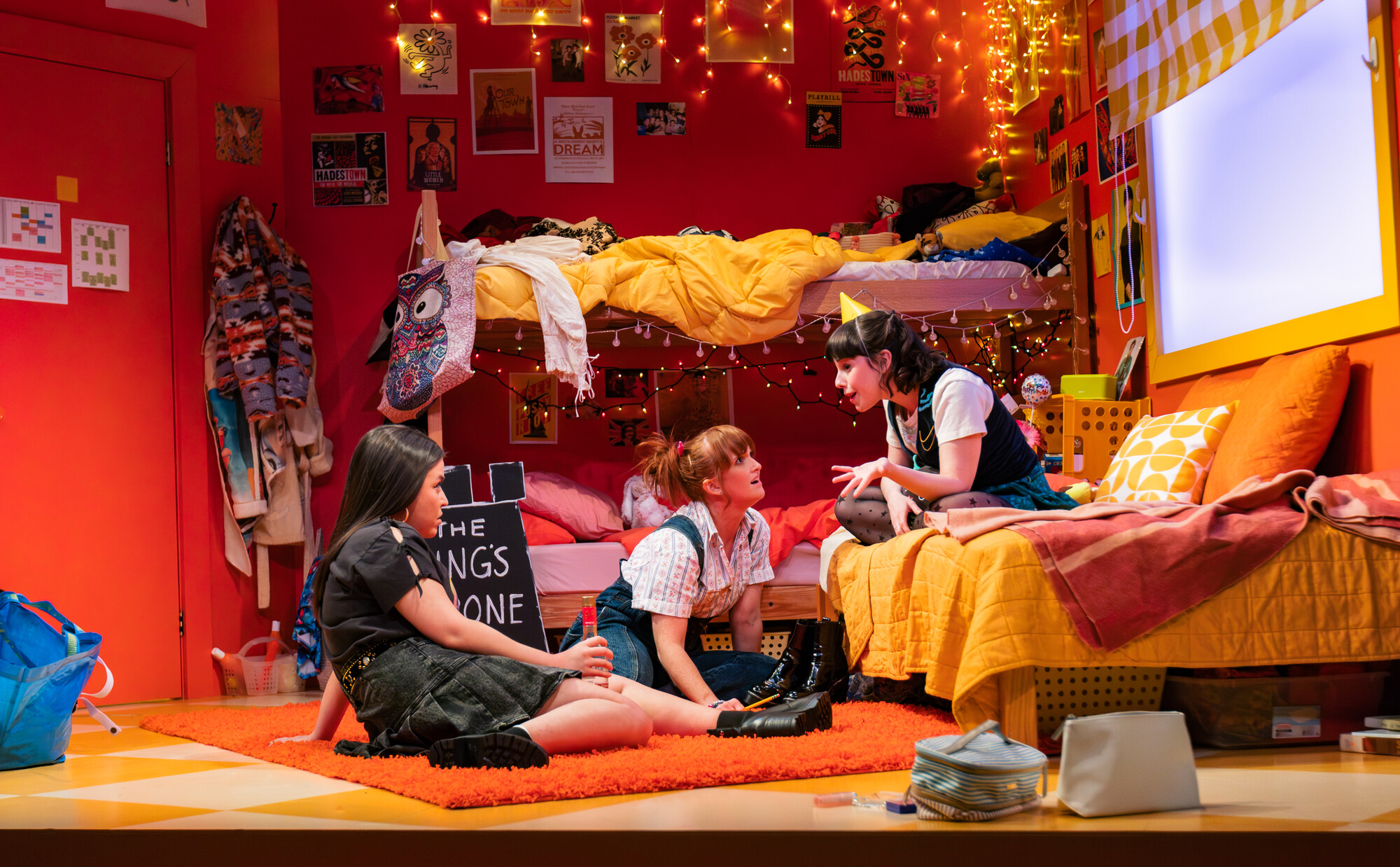
Rachel Mafume, Libby Barnard, and Sophia Franzella in Keiko Green's The Bed Trick produced and commissioned by Seattle Shakespeare Company. Directed by Makaela Milburn. Scenic design by Parmida Ziaei. Costume design by Andi Alhadeff. Lighting design by Andrew Smith. Sound design by Evan Mosher. Photo by Giao Nguyen.
Green equips her audience with a magnifying glass from the very beginning using prologue to invite scrutiny. Libby Barnard, the actor who played Harriet in the world premiere, entered just as the lights began to dim. She acknowledged that she was delivering the “prologue” and admitted that prologues are a bit of a playwright cheat since it is the chance to plant ideas in the audience’s head before the story even starts. With this opportunity perfectly teed up, she lets us know that this play is about sex—“so I don’t want to get any emails after the show.” She also explains that “the bed trick” is an ancient dramatic trope used by storytellers across many continents: one character is made to believe they are going to bed with person A, when they are actually set up to sleep with person B. The trick is traditionally forgiven in the story since the fooled person was usually duped into sleeping with their betrothed. The actor who played Harriet acknowledged that the concept seems weird if not altogether offensive by today’s post-Me Too standards. She offers that she could understand how it could feel to go to bed with one person and have them seem completely different by morning light. When Barnard’s speech slides sideways into this “morning after” story the audience is left to question: is the actor speaking or the character? It is in this theatrically slippery and inquisitive space where Green sets The Bed Trick.
The far-fetched bed trick trope is brought close to present day viewers through references to beloved versions of the trick still enjoyed today. Marianne’s mother drunkenly regales an unseen karaoke club audience with the story behind 1979’s chart topping hit “Escape (The Piña Colada Song)” by Rupert Holmes. The song is an account of an unhappy married couple each secretly searching the singles column to meet someone new only to end up responding to the other’s ad. Harriet cites Revenge of the Nerds as an example of a bed trick when trying to defend her involvement in a student production of All’s Well. Moreover, there is Green’s own prologue where the character who may or may not be Harriet shares a story of watching a friend become strange to her after a one-night stand as if they were suddenly someone else entirely. The prologue suggests the bed trick as a metaphor instead of a literal three-person scheme, but it is no less potent to the listener. An audience member would be hard-pressed to find an aspect of the historical plot device that they have not accepted in some way.
Shakespeare’s language, along with the other All’s Well themes, are woven into Green’s fresh ensemble comedy. Harriet’s metatheatrical ability to float both in and out of the story stems from her status as a theatre student. She frequently quotes Shakespeare and even performs Helena’s monologues as it is her desire to understand the theatrical devices of All’s Well that keep the story pushing forward alongside Marianne’s ill-fated phone dates. Lulu, played by Rachel Guyer Mafune, employs an Iago-like soliloquy, explaining her villainous plan of entrapment for her boyfriend, so seamlessly it could go almost unnoticed that she was breaking the fourth wall. Rhyming couplets are placed carefully throughout the play providing a feverish sense of speed as the characters careen towards their inevitable broken hearts. Whether an audience member is a die-hard Bardophile or has not thought about the play since they forgot to read it in a high school honors class, all will enjoy The Bed Trick.
Both Shakespeare and Green played a trick on their own characters, giving them all of the tools they needed to come together but no ability to find a clean way out.
Where Shakespeare wrote the Countess and King of All’s Well unknowingly united in emboldening Helena’s actions, The Bed Trick has Marianne’s recently divorced parents— Benny and Anna—who engaged in a bed trick of their own during courtship. The Countess in All’s Well counsels Helena to look past the class divide and follow her heart to Bertram with little acknowledgement of her own luxurious life with peerage. Though Shakespeare was very capable of writing a powerful and unyielding male monarch, the King in All's Well is introduced while on the brink of death. When Helena revives him, he grants her a wish in his vulnerable state wherein she requests to marry Bertram. The older generation of All’s Well is fallible and accessible and so is the older generation in The Bed Trick. Benny, played by MJ Sieber, is a hardworking, underpaid professor attempting to rediscover joy in his life post-divorce, one drone purchase at a time. Anna, played by Alexandra Tavares, is tanned and back in town from Florida to retrace her own less-than-sunny post-divorce decisions. Marianne, played by Sophia Franzella, struggles to decipher their respective relationship advice as she tries to avoid the pointy edges of her love triangle. How kind of Shakespeare and Green to provide such involved parental figures! The older generation wants a better love life, one free of the unfair restrictions they felt in their salad days, for the younger generation. But it is their uniquely down-to-earth qualities that make them unable to protect the younger generation; their grounded perspective provides no vantage point from which to navigate the teens out of their messes. In that way, both Shakespeare and Green played a trick on their own characters, giving them all of the tools they needed to come together but no ability to find a clean way out.
Having expertly addressed the titular artistic trope and created a saucy new Shakespeare adaptation, Green dares to interrogate the place of consent on a Shakespearean stage. Early in Act I, the roommates have a tense discussion about All’s Well and its attempt to reframe sexual assault as a positive occurrence, which leads to the topic of consent. Harriet attempts to “save” Shakespeare’s story by explaining that Bertram was technically married to Helena when she tricked him. They are interrupted before they, or the audience, can arrive at a conclusion, but Harriet’s explanation stealthily introduces the notion of intent into the conversation—the intent being that Helena was trying to consummate her marriage via the bed trick. All’s Well has been forgiven for centuries because Helena’s act was seen as “pure” insomuch that her husband would not have had sex with another woman except for Helena’s intervention.
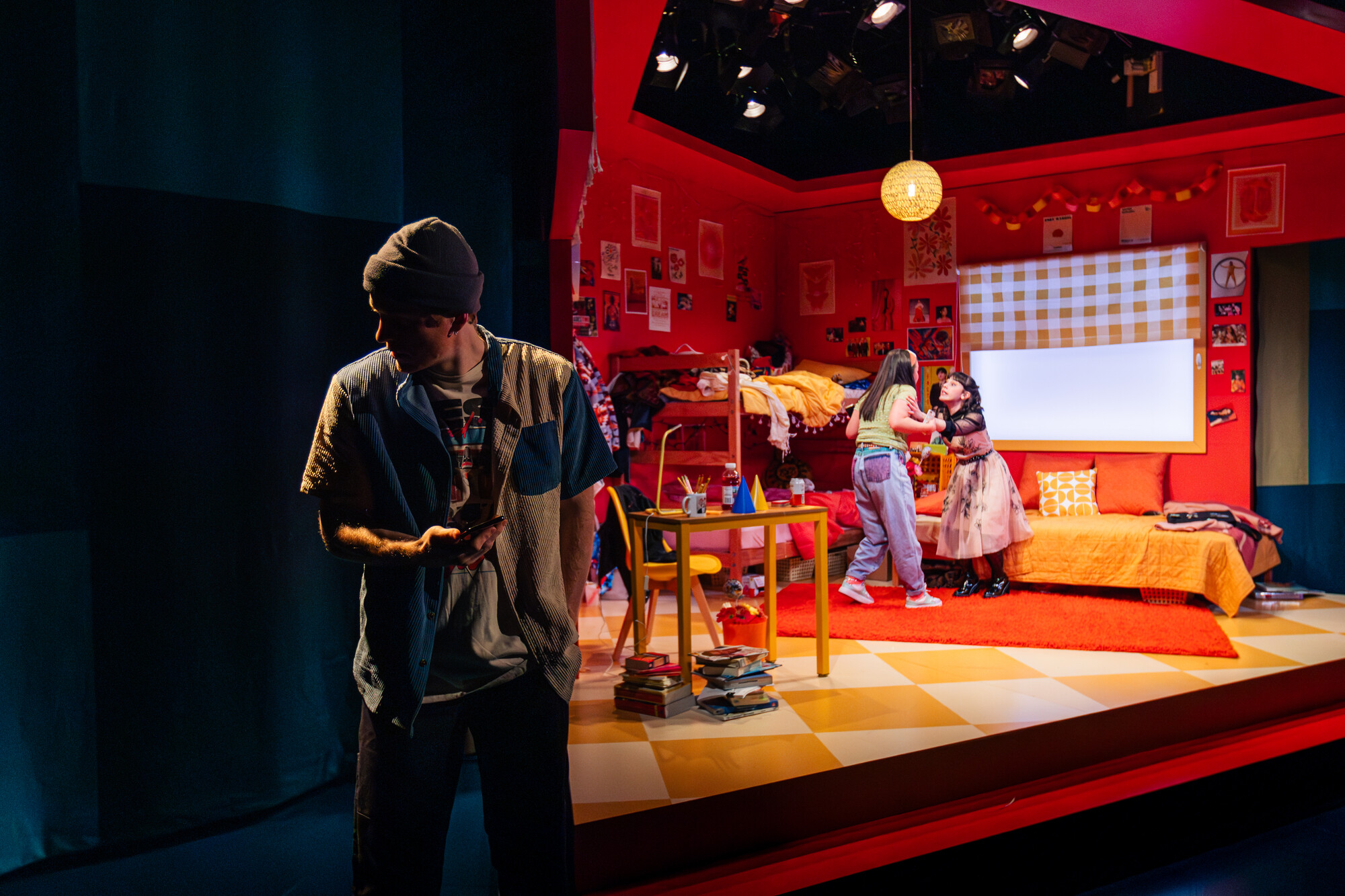
Ricky Spaulding, Rachel Mafume, and Sophia Franzella in Keiko Green's The Bed Trick produced and commissioned by Seattle Shakespeare Company. Directed by Makaela Milburn. Scenic design by Parmida Ziaei. Costume design by Andi Alhadeff. Lighting design by Andrew Smith. Sound design by Evan Mosher. Photo by Giao Nguyen.
As quickly as Green acknowledges the importance of consent in a conversation about All’s Well she also illuminates the intense fixation with purity and virginity at play in the famed story. Just as she allows the parents to be imperfect compasses to Marianne on her romantic journey, Green dangles purity culture over the story and waits for the tangles to appear. When Marianne tells Lulu that she plans to lose her virginity, Mafume as Lulu delightfully squeals “you dirty little SLUT!” The opening night audience cackled at the comedic timing of Franzella and Mafume along with the stunning announcement of a normalized double-standard. When the bed trick is discovered, Benny and Anna interrogate Marianne about her dating app activities with Willis, played by Ricky Spaulding, desperate to know how far the flirting had gone. Lulu lashes out by saying Marianne is “going through her ho phase,” Franzella as Marianne shouts “I’m a virgin!” and Seiber and Travares steal a high-five in a rare moment of unity. They celebrate that their daughter is still “pure.” With these topsy-turvy standards, it is easy to say that Helena was wrong, but the societal expectation that she alone keep the relationship pure was also wrong.
In a further attempt to decrease the stakes of All’s Well moralistic debate, sexual embarrassment and mediocrity make frequent appearances in The Bed Trick. Characters admit to experiencing sex for the first time because they were either embarrassed at being “a virgin,” or embarrassed by the idea that sex could change a friendship when it did not have to—spoiler: it did. When characters share stories involving consensual sex, the act of sex is described merely as okay. In this light, sex is not the event, but the consent and intent that surrounds it. It is not that it happened, but why it happened that is significant, and even the characters are unenthused by their own motivations. Green seems to be asking: can we have a “perfect” play about romantic relationships when society is hyper fixated on purity culture which fosters rape culture?
Did theatre students ever consent to live and learn under duress and abuse?
Ultimately, it seems that the real trick revealed by Green in The Bed Trick is the one played on theatre students in America. In the scene following the rote dorm room discussion of consent, we watch as Harriet is guilted into working without rest by her older male director after she is asked to stay late following rehearsal. The scene takes the black-and-white understanding of consent and swirls it into a room where both a power and gender dynamic are at play. After the unseen director insinuates that a “professional actor” would not need a break, Harriet agrees to keep working, craving to be that more professional actor he described. It is a short scene, but a scene all too familiar. Did she give consent or was she manipulated? Is it harmful when all that was asked was more time on a monologue? “How can I be normal when my real is so freakin’ weird!?” cries an exhausted Harriet at one point, her dorm room full of odd props from a late night student show (freshmen are not allowed to audition for mainstage, after all) and a performance assignment based on a “lived experience” looming. Did theatre students ever consent to live and learn under duress and abuse? This comedy leverages laughter to expose hypocrisy both on and off the classic stage.
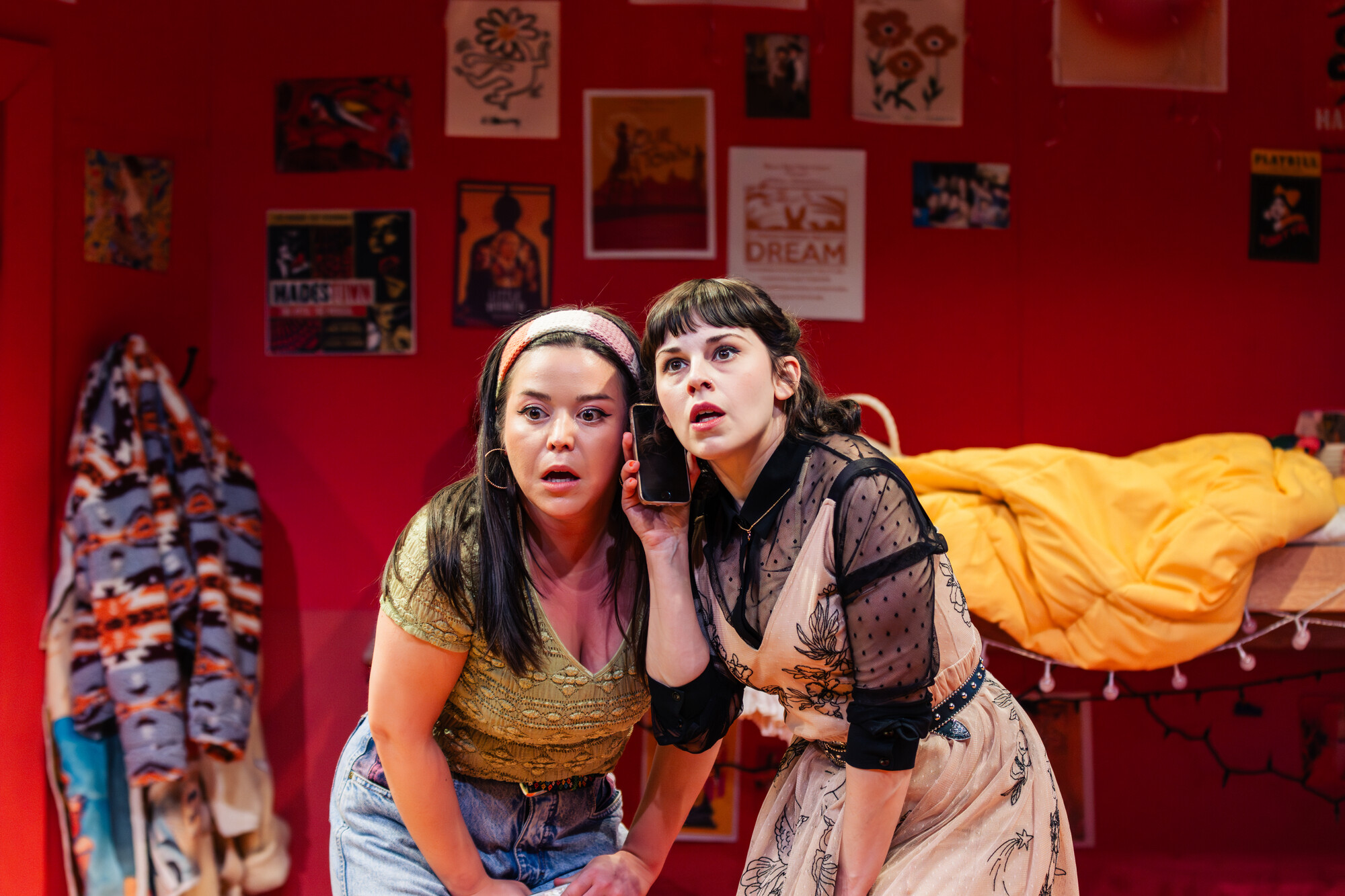
Rachel Mafume and Sophia Franzella in Keiko Green's The Bed Trick produced and commissioned by Seattle Shakespeare Company. Directed by Makaela Milburn. Scenic design by Parmida Ziaei. Costume design by Andi Alhadeff. Lighting design by Andrew Smith. Sound design by Evan Mosher. Photo by Giao Nguyen.
The play ends with Green making one more part of theatre history new: the actress playing Harriet explains that bows have historically symbolized an apology from the actors to the audience for telling an imperfect story. She is sorry that they could not fix the play, the “problem” play, because they cannot fix the human heart. This apology also stands in the place of the many neglected apologies from the original story—those owed to Bertram, most notably. It is in this theatrically slippery and inquisitive space where Green ends The Bed Trick. The audience had been trusted to decipher what was real and what was merely suggested, what did and did not happen during the play, and the play asks them to take that same responsibility with them as they leave. As the actors bowed, as they apologized, they reminded the audience that we had the choice to applaud or abstain. It was a great reminder that offering freedom of choice, with nothing hidden up the sleeve, is the greatest act of love.

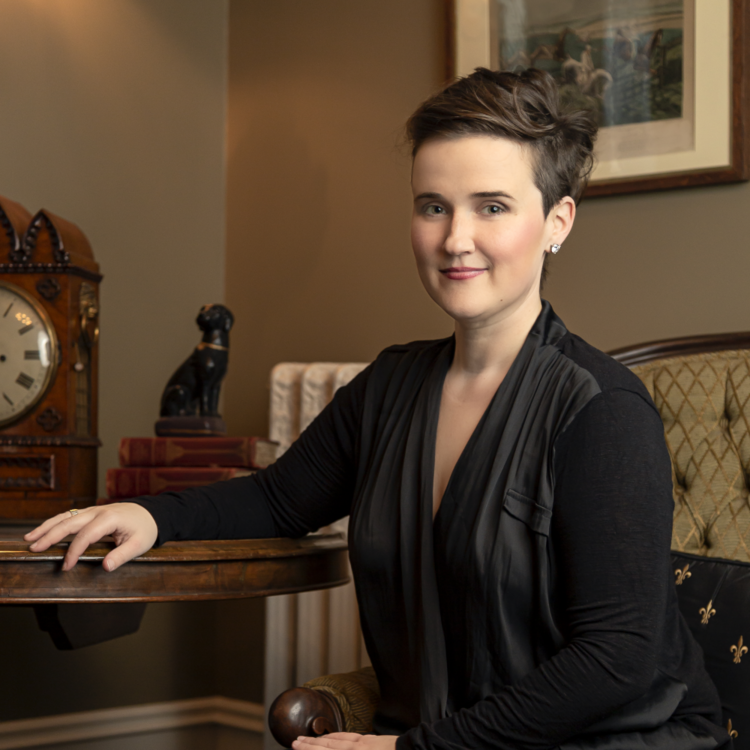
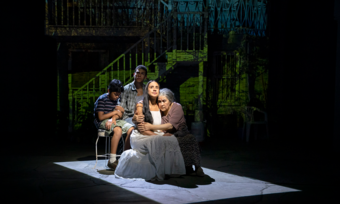

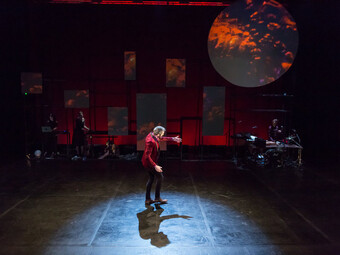

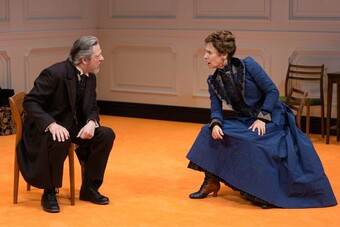

Comments
The article is just the start of the conversation—we want to know what you think about this subject, too! HowlRound is a space for knowledge-sharing, and we welcome spirited, thoughtful, and on-topic dialogue. Find our full comments policy here
Ah! Randomly decided to check out the last preview of this while I was in town for USITT and it was the best thing I've seen in a while :) Such a refreshing approach to adaption (and great production overall, fun design work in such a small space). Great essay, made me appreciate the piece ever more!